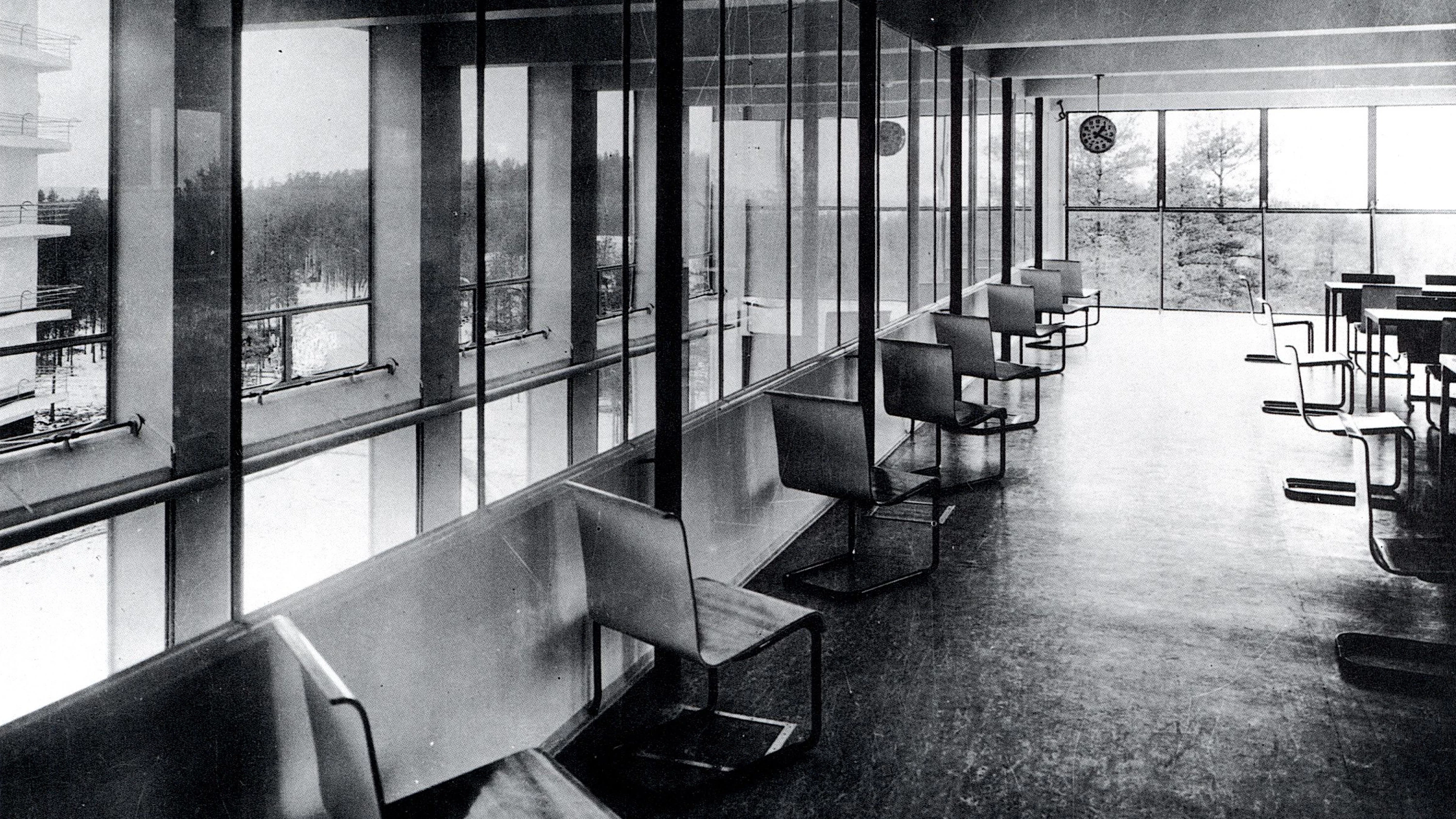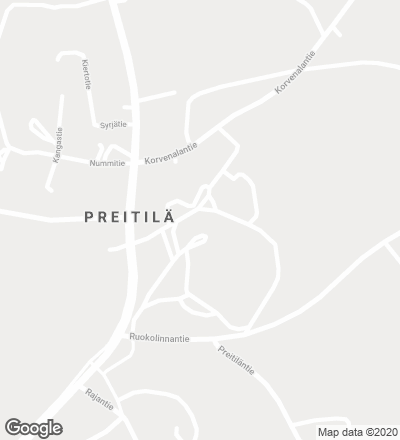Alvar Aalto’s years of residence in Turku, from 1927 to 1933, coincided with his period of enthusiasm for functionalism, during which, in 1928, he became an active participant of the CIAM. True enough, he began to distance himself from Modern Movement orthodoxy upon his return to Helsinki in 1933, after the opening of the Paimio tuberculosis sanatorium, where he had put to the test all the possibilities and limits of the new vocabulary.
The project was the result of a competition convoked in November 1928, when Aalto and his wife Aino had just returned from a trip through continental Europe that had given them the opportunity to visit recent functionalist works, including Jan Duiker’s Zonnestraal’s Sanatorium. Aalto’s proposal won first prize in 1929, and construction work began that same year.
As Aalto himself explained in the project text, underlying the design was an analysis of conditions affecting the welfare of the sick person. Thus the patients’ wing, the main volume of the complex, was elaborated on the basis of a careful study of the two-bed room unit. The range of criteria inherent in a hospital commission had to be addressed meticulously, and for Aalto this meant a first opportunity to give vent to his exuberance in designing details. A fruit of this was the Paimio chair, the manufacturing of which in turn gave rise to the firm Artek.
On the whole, sunlight and views of the wooded landscape on one hand, and a clear-cut separation of different functions into independent parts on the other hand, constituted the basic criteria guiding the project. Situated on rugged land, it also provided the architect with the opportunity to demonstrate his skill in adapting the arrangement of buildings to the topography. Of the several that form this complex, it is the patients’ wing that dominates the composition, like a huge protective screen out of which the other, lower volumes unfold northward in a fan-like configuration destined to become another constant of the Aaltian language.
The way Aalto makes use of the entire functionalist repertoire at Paimio strongly reveals his 'anti-formalist' altitude and his faith at the time in the new credo’s almost moral virtues, but also his inborn mastery of composition and proportions. Nevertheless it is precisely the less orthodox elements that give the project its special tension and bring it close to the experiments of constructivists and expressionists... [+]









